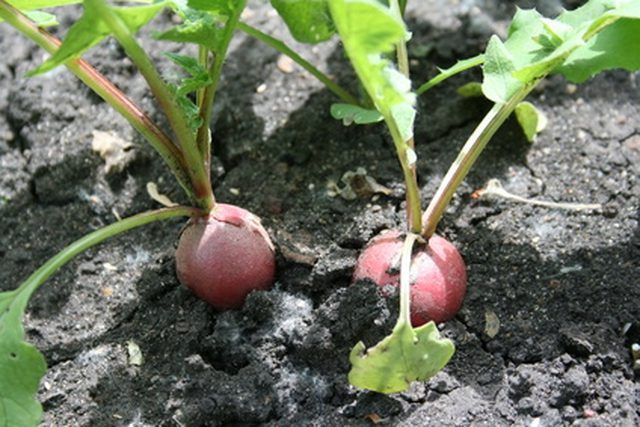Bulbs
Flower Basics
Flower Beds & Specialty Gardens
Flower Garden
Garden Furniture
Garden Gnomes
Garden Seeds
Garden Sheds
Garden Statues
Garden Tools & Supplies
Gardening Basics
Green & Organic
Groundcovers & Vines
Growing Annuals
Growing Basil
Growing Beans
Growing Berries
Growing Blueberries
Growing Cactus
Growing Corn
Growing Cotton
Growing Edibles
Growing Flowers
Growing Garlic
Growing Grapes
Growing Grass
Growing Herbs
Growing Jasmine
Growing Mint
Growing Mushrooms
Orchids
Growing Peanuts
Growing Perennials
Growing Plants
Growing Rosemary
Growing Roses
Growing Strawberries
Growing Sunflowers
Growing Thyme
Growing Tomatoes
Growing Tulips
Growing Vegetables
Herb Basics
Herb Garden
Indoor Growing
Landscaping Basics
Landscaping Patios
Landscaping Plants
Landscaping Shrubs
Landscaping Trees
Landscaping Walks & Pathways
Lawn Basics
Lawn Maintenance
Lawn Mowers
Lawn Ornaments
Lawn Planting
Lawn Tools
Outdoor Growing
Overall Landscape Planning
Pests, Weeds & Problems
Plant Basics
Rock Garden
Rose Garden
Shrubs
Soil
Specialty Gardens
Trees
Vegetable Garden
Yard Maintenance
The Effect of Fertilizers on Radish Growth
The Effect of Fertilizers on Radish Growth. Radishes need less fertilizer to grow than many other food plants. Applying a sufficient amount of fertilizers, however, speeds and increases the growth of roots and vegetative parts of the radish plant.

Radishes need less fertilizer to grow than many other food plants. Applying a sufficient amount of fertilizers, however, speeds and increases the growth of roots and vegetative parts of the radish plant.
Nitrogen
Nitrogen increases leafy growth and root size throughout the growth cycle of a radish. It also increases the rate of growth, allowing radishes to be harvested earlier. An excessive amount of nitrogen may cause leaf growth at the expense of root size.
Phosphorous
Phosphorus stimulates root development and growth, which leads to a fleshier radish root. A lack of phosphorus in radish plants leads to stunted growth and poor yields.
Potassium
Potassium reduces water loss by the plant and reduces stress due to droughts. This is important for radishes, because excessive water loss and drought can cause the root to crack, resulting in stunted and poorly formed roots. Potassium also increases root growth, which results in larger radishes.
Compost
According to a study on radishes published by the Institute of Soil and Environmental Sciences, an integrated use of nitrogen and compost increases overall plant growth and yields when compared to other fertilization methods. It also improves the efficiency of chemical fertilizers so that less is required for the same result.
Organic Fertilizers
Organic fertilizers act in much the same way as compost, providing a full balance of nutrients and chemicals that increase radish size. Many organic fertilizers have a higher concentration of nitrogen than compost, and so do not need the addition of extra nitrogen to achieve a similar effect as compost integrated with nitrogen.
Considerations
Do not overuse fertilizers, because this could lead to chemical toxicity in the radish and inhibit radish growth and development. Test the chemical composition of the soil to determine which nutrients are already readily available.